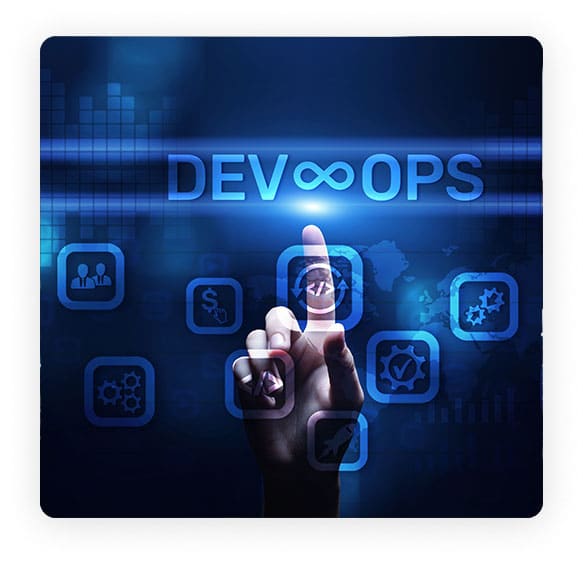S
- Sandbox Environments
- Secure Coding Practices
- Security Automation
- Security Awareness Training
- Security Champions
- Security Information and Event Management (SIEM)
- Security Orchestration
- Security Posture
- Shift-Left Security
- Smart City
- Smart Home
- Smart Manufacturing
- Smart Meters
- Smart Products
- Smart Spaces
- Software as a Service (SaaS)
- Software Composition Analysis (SCA)
- Software Defined Networking (SDN)
- Software Development Life Cycle (SDLC)
- Static Application Security Testing (SAST)
- Structured Data
Pipeline as Code
Simple Definition for Beginners:
Pipeline as code refers to the practice of defining and managing software delivery pipelines using code-based configurations.
Common Use Example:
A software development team uses pipeline as code to automate the build, test, and deployment processes of their applications by writing code-based pipeline definitions stored in version control systems.
Technical Definition for Professionals:
Pipeline as Code (PaC) is an approach in DevOps and continuous integration/continuous delivery (CI/CD) where software delivery pipelines are defined and configured using code instead of manual configurations or graphical interfaces. In PaC, pipeline definitions are written in domain-specific languages (DSLs) or configuration files, such as YAML or Groovy, and stored alongside application code in version control systems. This code-based approach enables teams to treat pipelines as code artifacts, allowing for versioning, collaboration, and automated deployment of pipeline changes. PaC offers benefits such as repeatability, consistency, version control, auditability, and automation of the entire software delivery process, including build, test, package, and deployment stages.
Pipeline as Code

